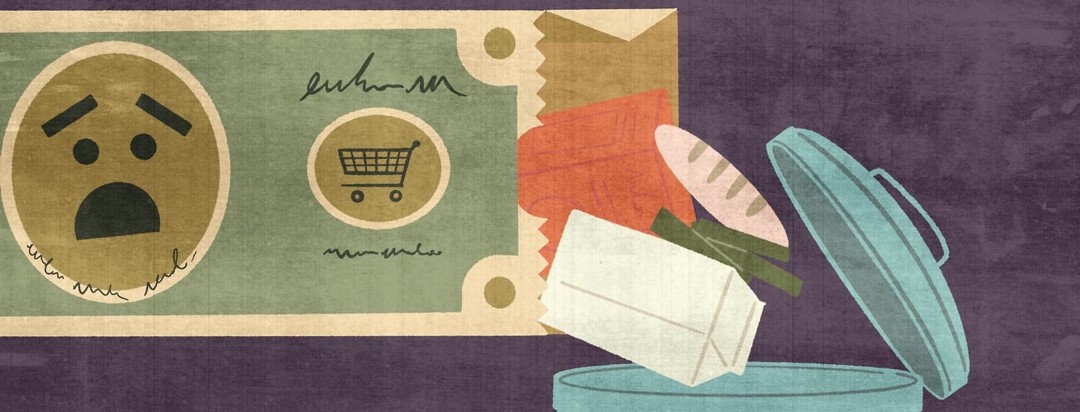Getting More for Your Money - Avoiding Food Waste in the Kitchen
Each year, we become more and more aware of our effect on the world. Whether it is decreasing your automobile gas output, or recycling more, there are always recommendations on how to live a cleaner life. A recent study by Penn State University found that Americans waste nearly one-third of their food. “The researchers estimate that consumers waste $240 billion worth of food annually, or an average of roughly $1,900 per household."1
How to avoid food waste with type 2 diabetes
Here are some ways to be more mindful of your food waste.
Be a planner
Add food waste to the list of reasons that meal planning is useful, especially when you have diabetes. When you plan your meals, you are less likely to binge or make an unhealthy decision, which can end in a less than ideal blood glucose reading. Try to sit down one day each week and plan out your meals. It can be especially difficult when you live alone to not waste food, as so many perishable items come in servings that may be too large for one individual to consume before expiration. Choose items that you know you will be able to eat, or find ways to incorporate into multiple recipes or meals throughout the week. For example, if you buy carrots, plan to have them for snacks, chopped up into salads, or sautéed with a stir fry. You can also research the best freezing methods for fruits and vegetables to be sure you are storing and keeping items that will be good for consumption later.
Choose wisely
If you want a variety of produce but may not get through it quickly, opt to purchase single versus bulk items. Choose only one or two apples, one or two pears, and one or two bananas instead of pre-bagged produce or large banana bunches. If you do overbuy and things are starting to go bad, look into new recipes that could use your food. Maybe a loaf of banana bread for a neighbor or some oven-baked apple oatmeal. Composting is also a great option for unused or unwanted produce.
Try a new recipe
Whether it is your meat, fruit, or vegetables that are getting close to expiration, trying a new recipe can be a great way to motivate you into using items in the refrigerator. Soups and salads are remarkable ways to incorporate a wide variety of ingredients in a less risky environment. Visit Type2Diabetes.com and use the search bar to enter your ingredients and see what pops up! You may have a new favorite.
Be aware when out to eat
Some people love getting leftovers at a restaurant. If you are not one of those people, try to order a smaller meal that you will be able to finish at that sitting. You can also ask the waiter to do a half order of many menu items, especially common for salads and sandwiches.
What do you do in your home to reduce food waste?

Join the conversation